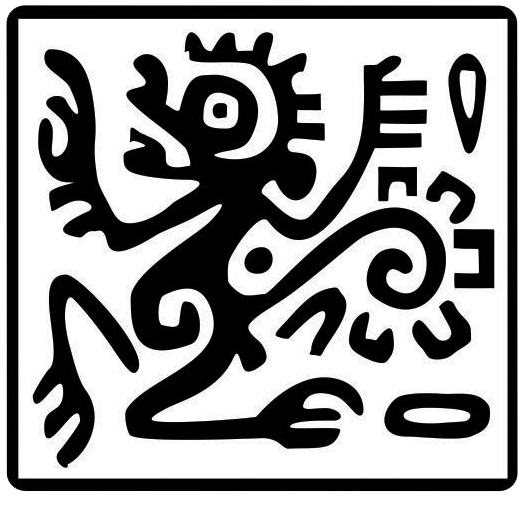Additional records of black bear (Ursus americanus) in central-eastern México
Abstract
The distribution range of the black bear (Ursus americanus) in México showed a significant reduction in the 20th century. However, growing evidence of its presence in areas outside the known range of distribution has emerged in recent years. This note documents a set of new records of black bear for the States of Guanajuato, Querétaro, and San Luis Potosí in central-eastern México. Black bears were spotted from monitoring that included camera traps, sightings, and indirect evidence (tracks and depredation events) between the years 2000 and 2019. We detected the presence of black bear through six records in the States of Guanajuato, Querétaro, and San Luis Potosí, in an area close to the southernmost distribution for this species in the American continent. Five of these observations occurred within protected natural areas. With these observations, the number of mammal species recorded in the State of Guanajuato increases to 95 and confirm the presence of black bear in the States of Querétaro and San Luis Potosí. The observations provide evidence supporting the hypothesis that black bear populations from northeastern México are moving toward central-eastern México through the Sierra Madre Oriental (SMO). The presence of black bear in central-eastern México points to the need for closer systematic monitoring of biodiversity in the SMO and protected areas of the region through monitoring and conservation programs.
THERYA NOTES is based on its open access policy allowing free download of the complete contents of the magazine in digital format. It also authorizes the author to place the article in the format published by the magazine on your personal website, or in an open access repository, distribute copies of the article published in electronic or printed format that the author deems appropriate, and reuse part or whole article in own articles or future books, giving the corresponding credits. The Creative Commons CC BY-NC-SD license is used.![]()










